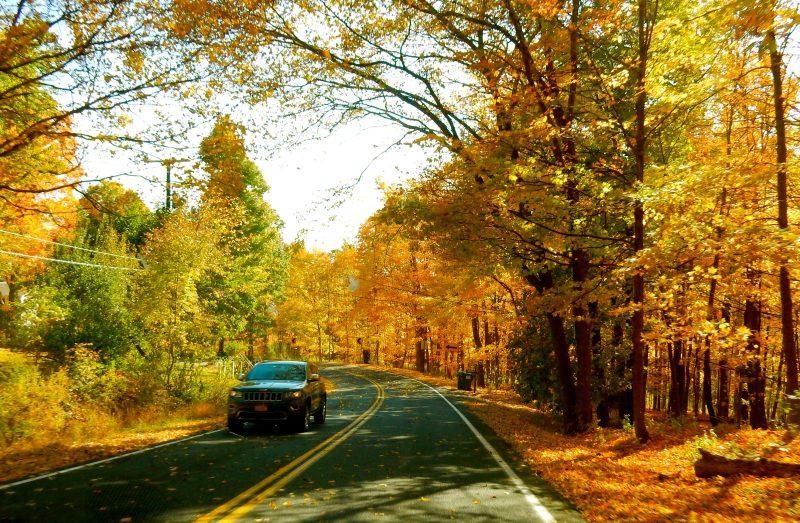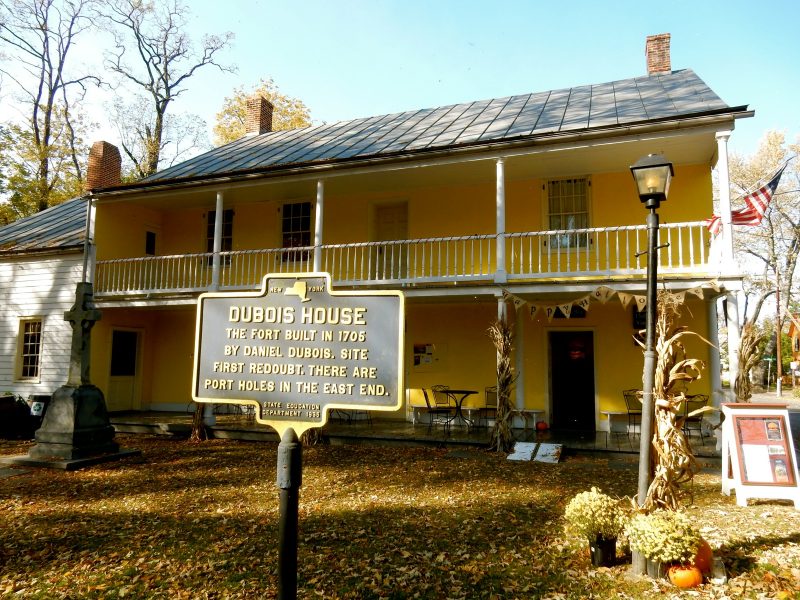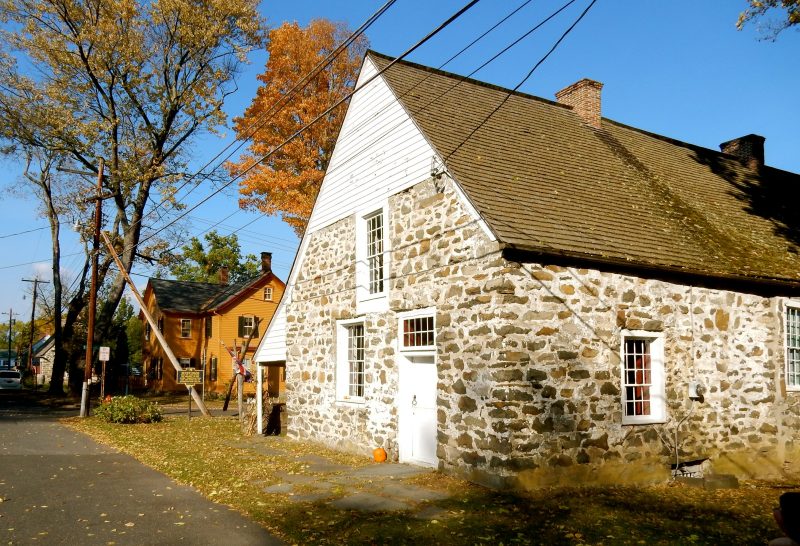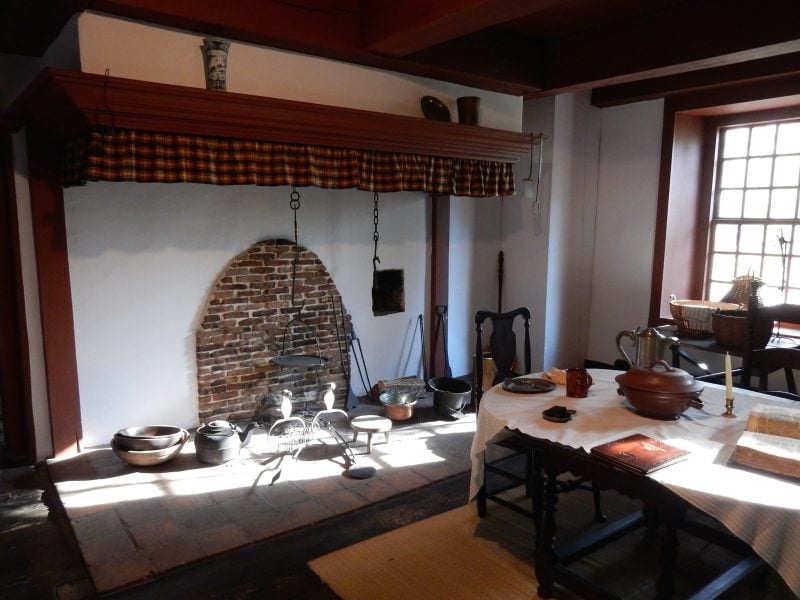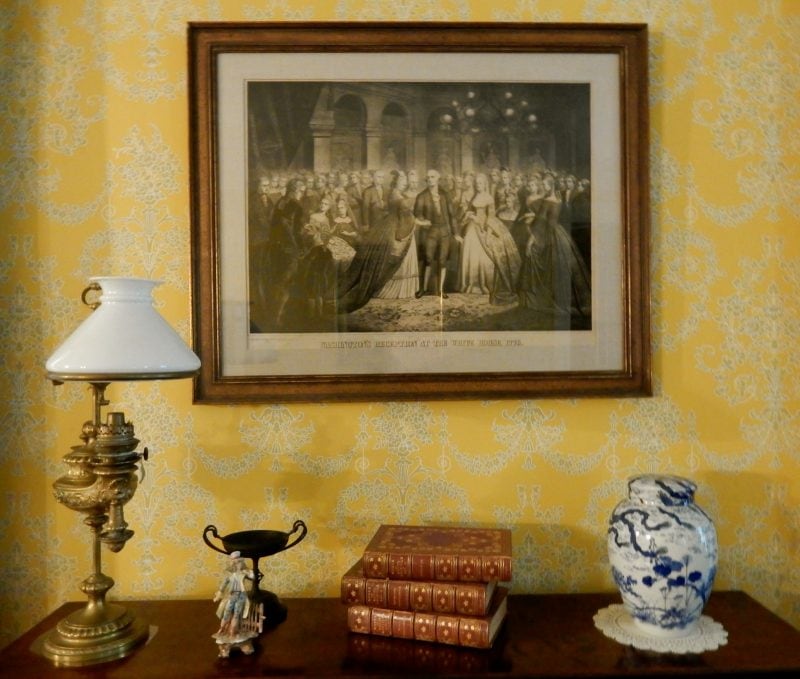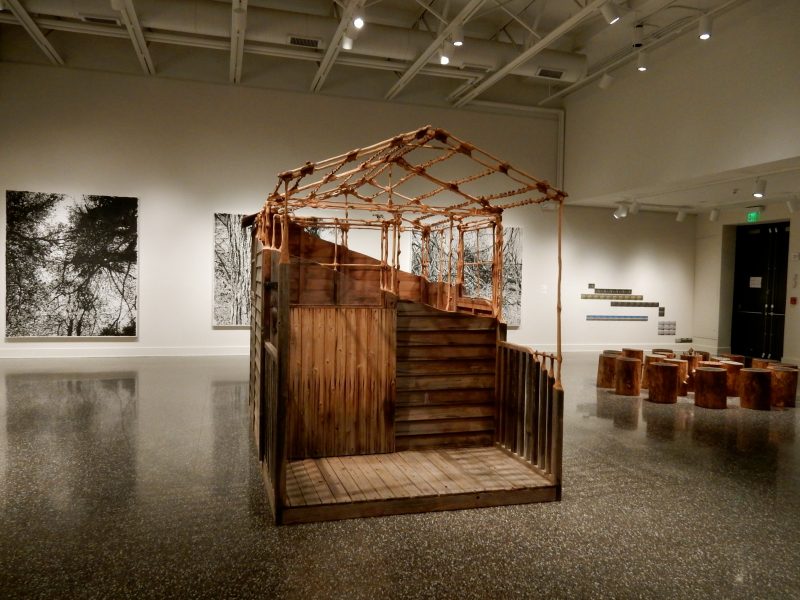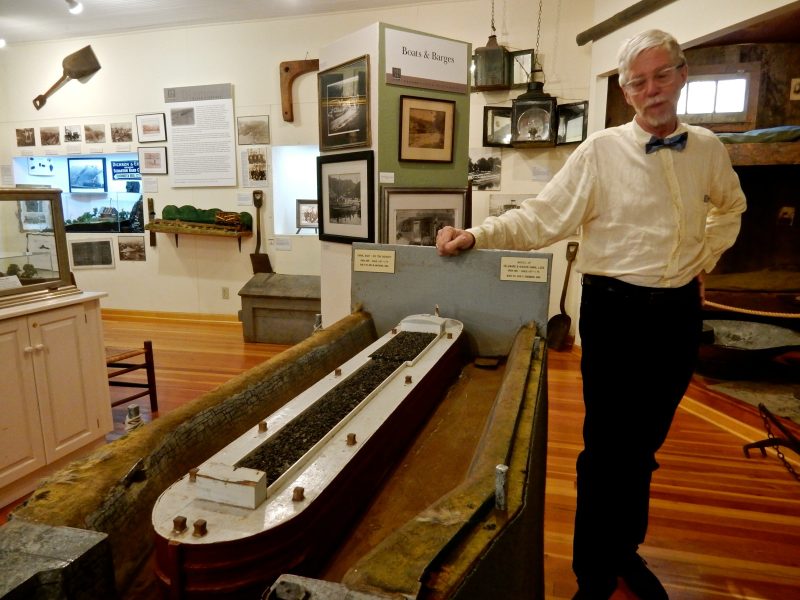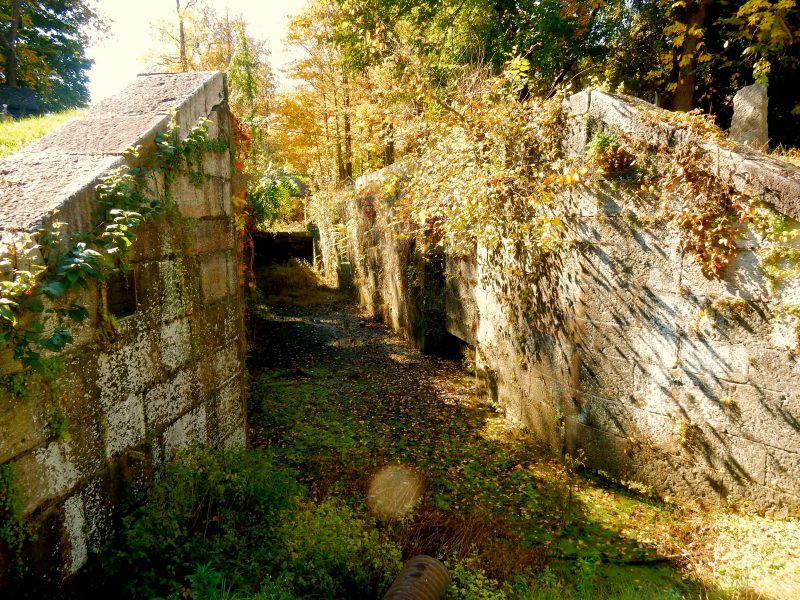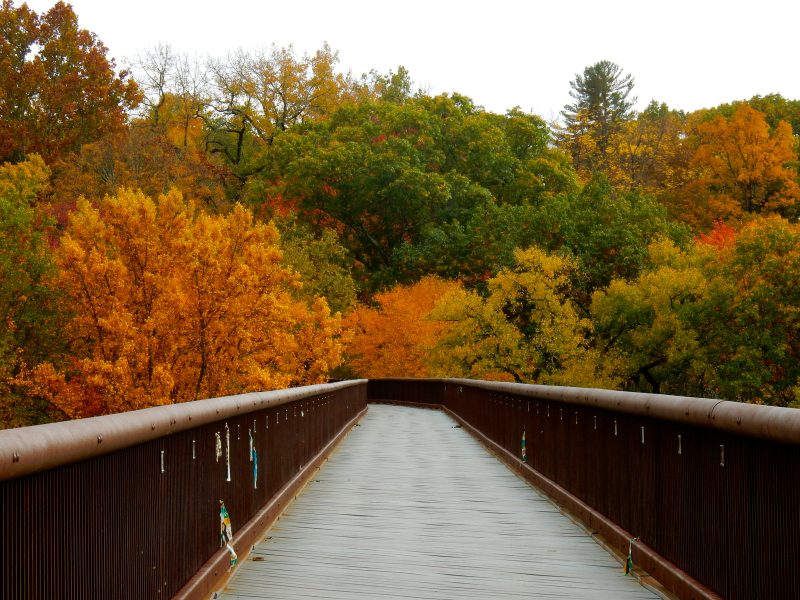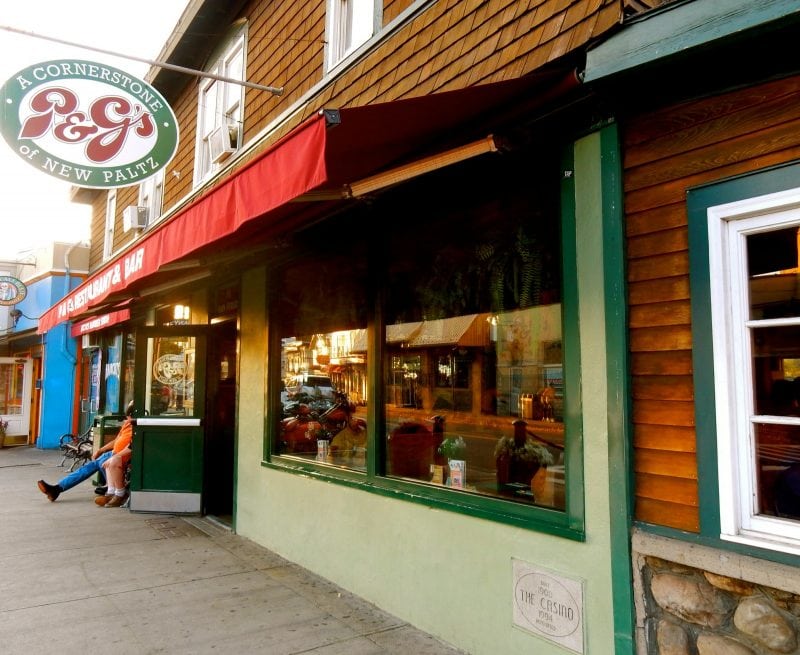In the heart of the breathtaking Hudson Valley, New Paltz NY is that perfect close-to-NYC getaway for American history buffs and adventure seekers. With its stunning natural landscapes, vibrant arts scene, and rich back-story, this charming town offers a diverse range of activities and attractions for travelers of all ilks.
Hike in the Shawangunk Mountains (the “Gunks”); wander historic streets; savor farm-to-table cuisine. New Paltz beckons adventurers and culture seekers alike. Join us on a journey as we uncover the top things to do in New Paltz, NY, and immerse yourselves in the beauty and culture of this Hudson Valley haven.
Where Is New Paltz NY?
New Paltz, New York is located in the scenic Hudson Valley – in the southeastern region of the state – approximately 75 miles north of New York City.
With its proximity to the Shawangunk Mountains, the Hudson River, and a wealth of outdoor recreational opportunities, New Paltz is a haven for nature enthusiasts. Its historic Main Street lined with boutique shops, art galleries, and cozy cafes adds to its appeal.
Extend your getaway with a visit to historic Kingston NY and/or Woodstock NY in the Catskill Mountains.
Looking for more great weekend ideas in the state of NY? Check out our Best Romantic Getaways in New York State.
Best Things to Do New Paltz NY
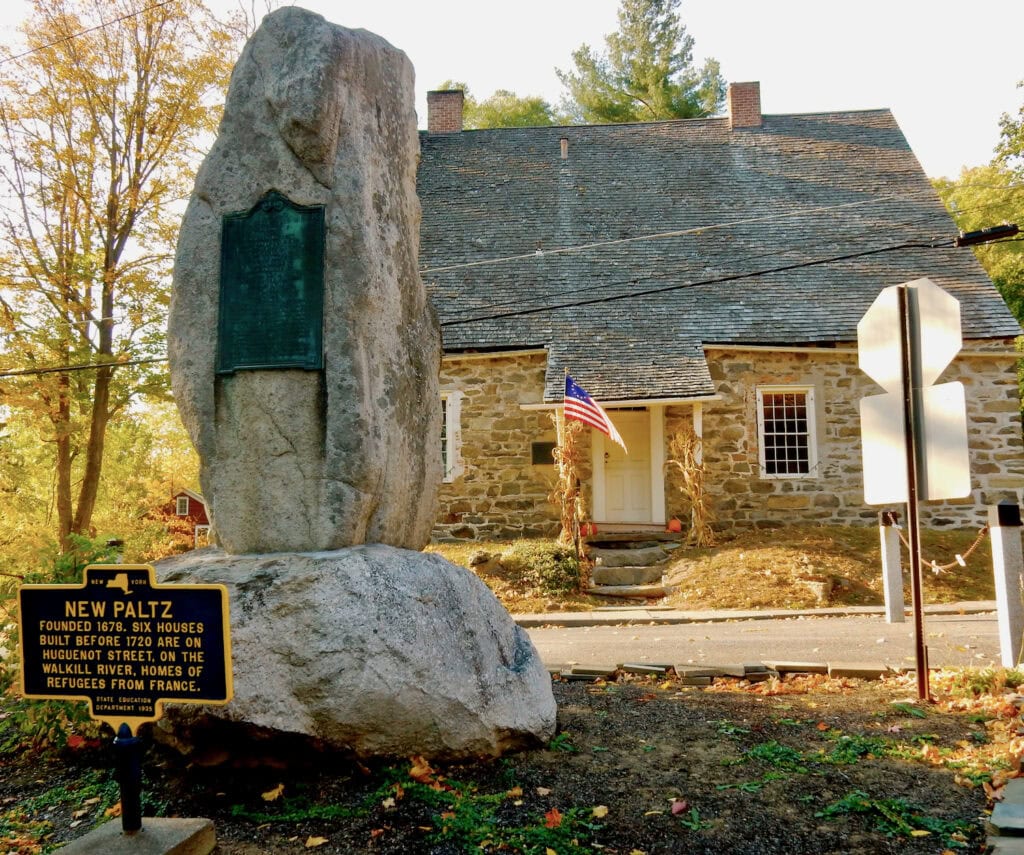
TOUR: Historic Huguenot Street
Even before it was a country, the New World was safe haven to those facing religious persecution abroad. The short Historic Huguenot Street, lined with beautiful stone buildings, is the oldest continuously occupied street in New York. It serves also as a reminder of our nation’s first European immigrants and is worth an immersive 90-minute tour.
Begin at the 1705 DuBois Fort Visitor’s Center. Watch a short video about the Protestant French Huguenots who fled the restrictions and violence of Catholic King Louis XIII in the early 1600’s. They first settled in German lands and then found opportunity in the New World in 1678.
The twelve original Huguenot founders, called “Patentees,” offered blankets, needles, and tobacco pipes to local Native Americans, in exchange for 40,000 acres of land. These original settlers built homes here, several of which are left standing in various states of restoration.
The Bevier-Elting House and Cemetery
Four of the 7 stone buildings are open for tours. The Bevier-Elting House, the oldest built in 1698, has been kept in its most basic state inside. Other than an exhibit case filled with artifacts found on site – projectile points, pipe stems, shards of ceramic plates – there are no furnishings.
The Beviers owned slaves who slept in the root cellar. A peek down there gives visitors an idea of the dismal conditions in which they lived.
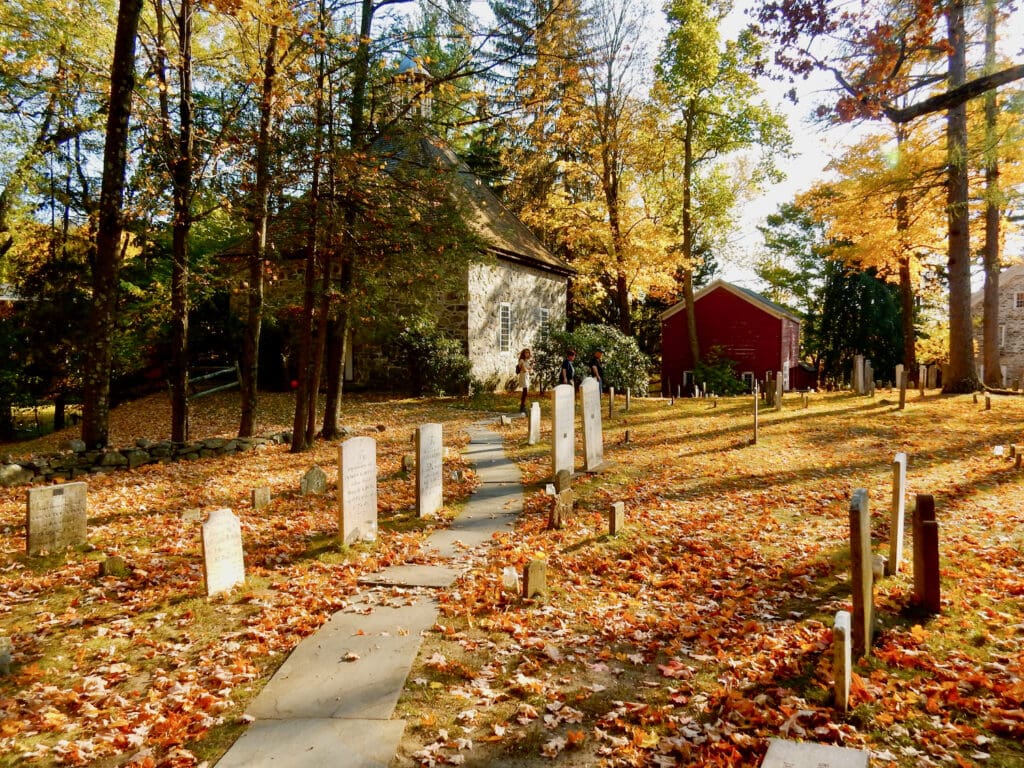
Next, walk through the cemetery to enter the 1972 reconstruction of the 1717 church that stood on this site.
The burial ground dates to 1683. At least one of the original patentees, a DeBois, is buried here.
Jean Hasbrouck Home
By 1712, the Huguenots had become wealthy, as evidenced by the Jean Hasbrouck Home. Jean’s son, Jacob Sr. was at the time the richest man in New Paltz. He had the means to furnish this two-story home with fine accouterments.
Inside, find one of the oldest surviving “jambless” open fireplaces in existence. There’s also a Bible written in “common language,” as Protestants did not believe that the righteous required a middleman to commune with God.
Upstairs, in addition to the massive bricked chimney flue, there’s a whole exhibit on the making of linen from flax – a grain that was bountiful here.
Jacob’s youngest son, Josiah, fought in the American Revolution and went on to be a Supervisor in New Paltz and the first descendent of a Patentee to serve in Congress. (Josiah Hasbrouck signed the bill to purchase the Louisiana Territory from France for $15 million in 1803).
Deyo House
The last house on the tour is like no other. Originally a 2 room stone home built in the early 1700’s, it fell into the hands of Abraham and Gertrude Deyo-Brodhead through inheritance in 1894.
Abe, who made his fortune building and running racetracks, expanded the home to the Victorian mansion it is today, much to the consternation of other Stone Homeowners on the block. To make amends, The Deyo-Brodheads established the society that has since morphed into Historic Huguenot Street at a time in the late 1800s when Americans sought to preserve “everything at once.”
Colonial Revival, Neo-Classical and other styles together formed a hodgepodge, in the turn-of-last-century attempt to portray a romanticized past. This extended to the artwork that hangs in the parlor. One, a print of George Washington’s Inaugural Reception at the White House, depicts an event that could not have taken place in a Versailles-esque White House – that hadn’t been built yet.
In 1908, when gambling venues were outlawed, Abe lost his fortune. Everything original to the house was sold off.
Now, each room represents a different era, beginning with the Empire Period, and ending with a 1950’s kitchen.
VISIT: The Samuel Dorsky Museum of Art at State University of New York New Paltz
Much of an artist’s rise to fame has to do with timing – mostly by being on the edge of a movement. But many other creatives should be lauded, and that’s where the Dorsky comes in.
This unique Samuel Dorsky Museum of Art focuses on lesser-known artists or those who have fallen out of favor. Second in size only to the Neuberger Museum at SUNY Purchase (within the SUNY system), the Samuel Dorsky is 9,000 sq. ft. of relatively new space.
With a mission to serve both the college campus and the artistic culture of the Hudson River Valley – the “Cradle of American Art” – the Dorsky is unlike any other regional museum. Divided into two parts, the 6,000 sq ft. main gallery highlights rotating items from the permanent collection, including a large number of photographs from Howard Greenberg.
One of the foremost photography dealers in the world, Greenberg was an early Dorsky supporter who founded the Center for Photography in Woodstock NY. A separate 3,000 sq ft space is devoted to innovative Hudson Valley artist-themed shows.
VISIT: D&H Canal Museum – High Falls NY
From 1828-1898, over 800 coal barges plied the 108-mile canal that linked the Delaware River in Honesdale PA to the Hudson River in Kingston NY. This small but engaging D&H Canal Museum provides an overview of High Falls’ little-known history as a canal town.
Until the War of 1812, it was cheaper to buy coal from England than from the impossible-to-access middle of Pennsylvania. Back then, roads were muddy messes and often impassible.
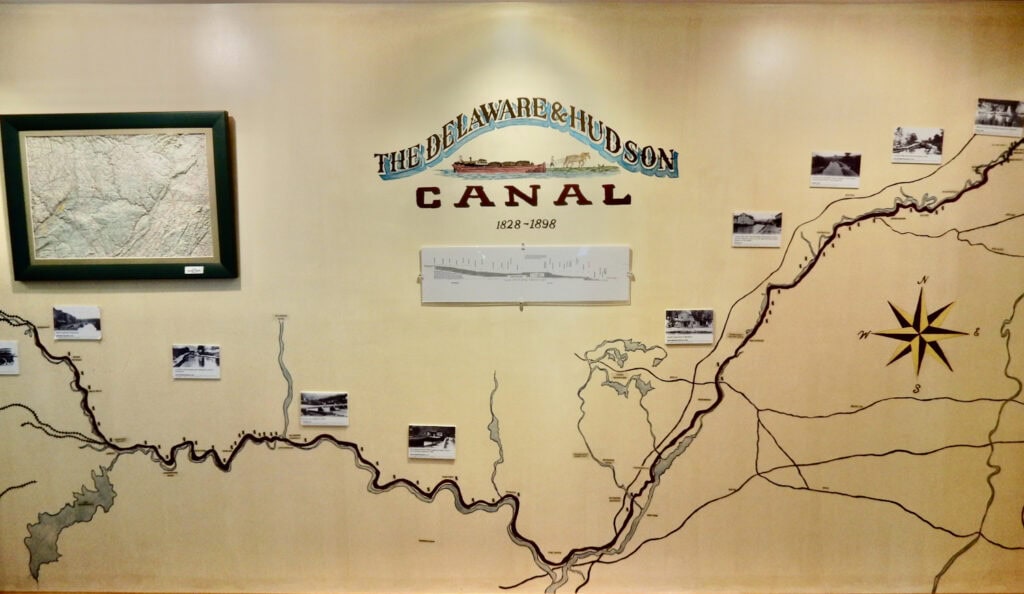
Wurts Brothers Discovery
However, the War brought an end to trade with Great Britain, throwing the United States into a severe energy crisis. In the late 1700s, hard-as-nails anthracite coal was discovered deep beneath Pennsylvania. A favorite of blacksmiths but otherwise not well understood, it took coal mine owners, the Wurts Brothers of Philadelphia, to prove that this newfangled fuel could burn long, clean, and hot.
Once the demand for anthracite increased, the entrepreneurs required a way to transport it to New York. Thus, the Delaware & Hudson Canal was conceived.
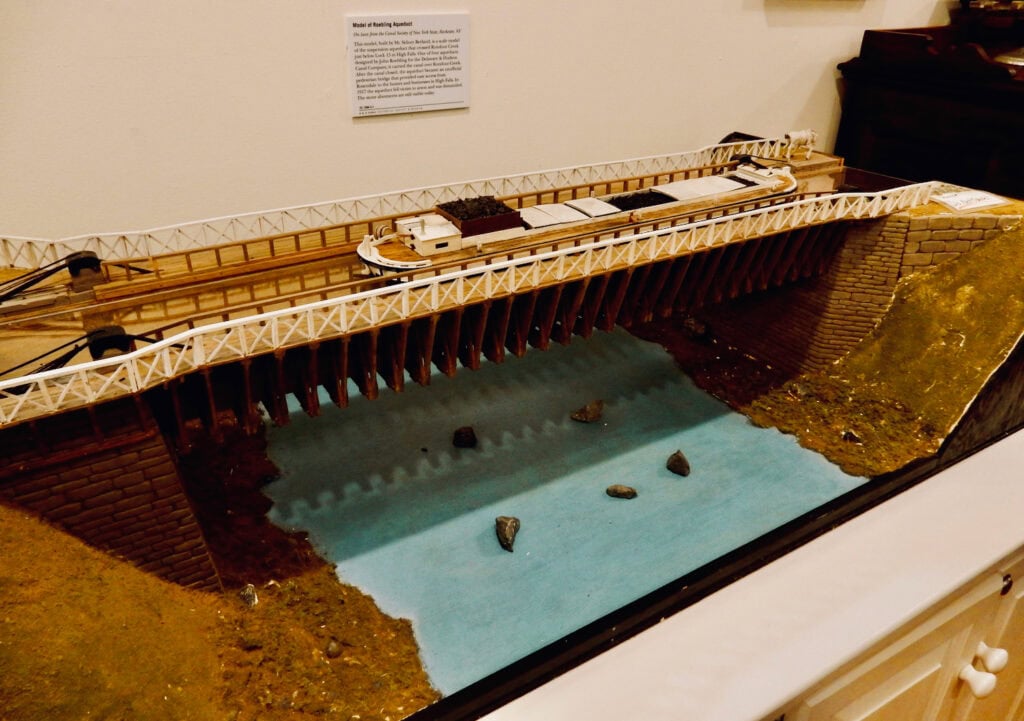
As this was prior to the development of dynamite, it took over two million dollars, 10,000 workers, and many lives lost to blast (with black powder) through the wilderness in order to create 108 locks on the 108 miles of the 30 ft wide canal.
Bridge designer, John Roebling, designed canal aqueducts to span the rivers. They were certainly engineering marvels of the day.
Child Labor
Life on the canal was often a family affair. Young children – many of them orphans – drove the mules that pulled the barges.
In its heyday, the D&H Canal saw nearly a thousand boats, hauling everything from cordwood, gypsum, bluestone (to pave the sidewalks of New York City), glass, and shoes. Little towns along the way bustled with business. That is, of course, until the canal was replaced by the railroad.
The museum tells the story of the D&H Canal through artifacts and photos, brought to life by historian Bill Merchant, who also leads occasional tours on the usually self-guided half mile “Five Lock Walk” down the street.
Though water no longer flows, you can see remnants of lock walls and just imagine barges, laden with heaps of coal, waiting their turn to go through.
WALK: Wallkill Valley Rail Trail Over Rosendale Trestle
Like the Walkway over the Hudson, this former railroad bridge – now the 22-mile Wallkill Valley Rail Trail – grants walkers, hikers and bicyclists spectacular views of mountains, valleys, and the Esopus Creek. It’s especially beguiling in Autumn with the leaves ablaze.
New Paltz NY And Area Restaurants
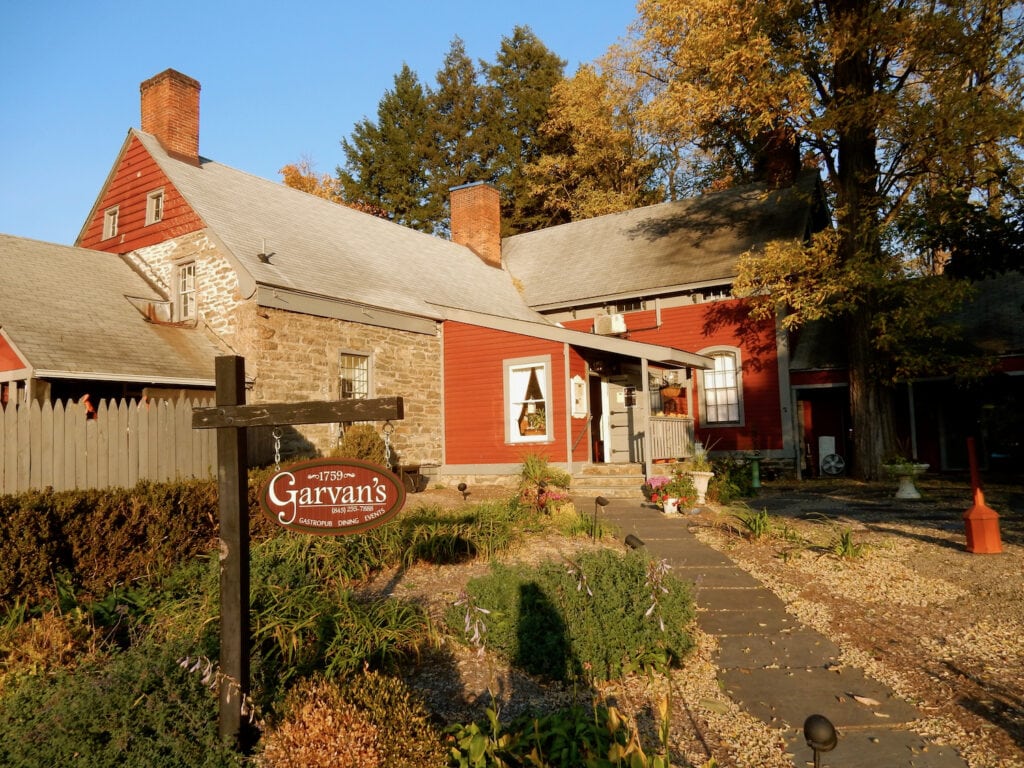
EAT/DRINK: Garvan’s
The stone building housing Garvan’s Gastropub was built in 1759, the year that Guinness started brewing beer in Ireland. So, Garvan McCloskey’s friendly bar should feature a Guinness Draft Tower brought from Dublin by a team of experts who demonstrated how to pour the “proper pint.”
Opened in Feb. 2016, this lovely, friendly place is as close as you’ll get to the Emerald Isle in Ulster County. Guinness Brown Bread is served at every meal.
Right on the New Paltz Public Golf Course, it’s a bit removed from downtown. But so very worth the extra mile for its “Irish Hospitality,” a fun in-season Beer Garden, and local fresh Irish-with-contemporary-twist cuisine.
EAT: P&G’s
“A Cornerstone of New Paltz,” on the corner of Main and N. Front Street, P&G’s was packed on a Tues night at 5:30. This probably has less to do with the food (which is basic and consistently good), and more to do with the fact that P&G’s is a New Paltz institution and reasonably priced.
In 1900 P&G’s building was a Casino – a club for eating and socializing, not gambling – that put New Paltz on the map for its Saturday night dances and ice cream socials. The establishment went through several iterations before Pat and George (P&G) purchased it in 1947.
When Ed Beck bought the restaurant in 1969, his first weekend went gangbusters. The second weekend: crickets. Why? “Everyone had gone to some music festival down the road in Bethel NY near Woodstock.”
New Paltz NY Hotels
STAY: The Mohonk Mountain House
Perched along the Shawangunk Mountains, the Mohonk Mountain House stands as an iconic resort that has been welcoming guests for over a century. Surrounded by pristine forested landscapes and a crystal mountain lake, Mohonk Mountain House offers a wide array of activities, from hiking and horseback riding to spa treatments and fine dining.
STAY: The 1850 House Inn and Tavern – Rosendale NY
Opened after a gut renovation in 2012, all 10 luxe rooms at the 1850 House inn and Tavern are eclectically furnished with modern and antique appointments.
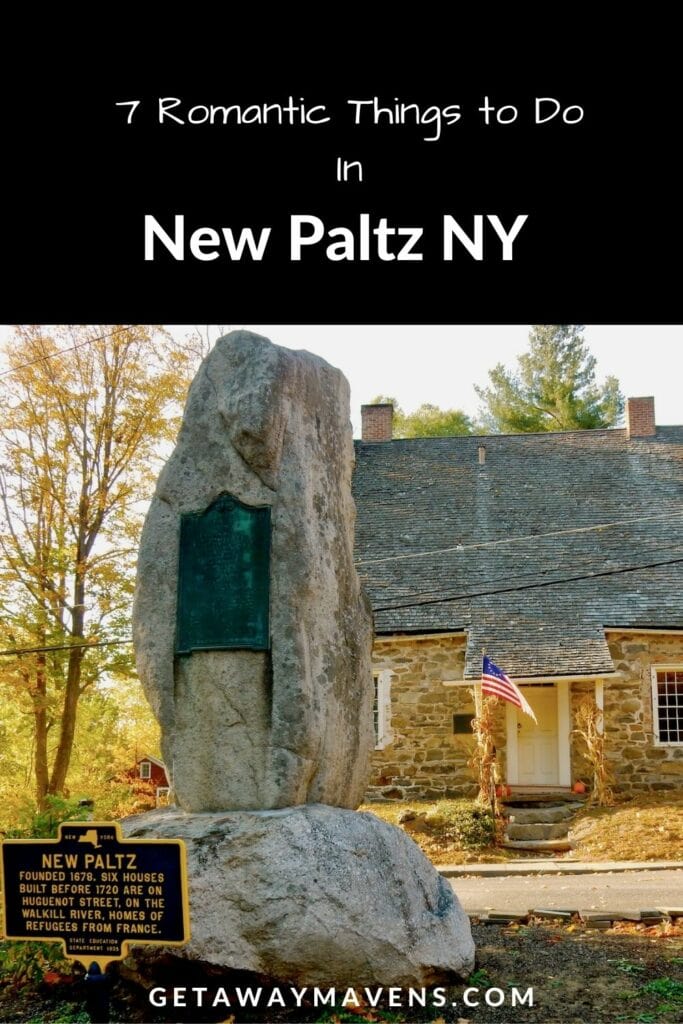
All articles belong to Getaway Mavens LLC, and all photos belong to us as well, unless otherwise noted. It’s all copyrighted. Please don’t repost anything elsewhere without asking us first. All rights reserved. This site uses cookies to enhance your experience.
We make no guarantees of any price listed on our site. We’re not responsible for content on external websites linked to ours, including linked resources, an external blog post, any partner site, hotel property sites, or affiliate sites. We only write about places we have vetted, but can’t guarantee that your experience will be exactly the same.
Posts may contain affiliate links at no cost to you. Several of our trips are also compensated by the respective tourism boards for the city or state we are visiting. This never impacts how we share the destination with you – opinions are always our own and we pride ourselves on that. We do not sell links or accept unsolicited guest posts under any circumstances. Don’t even ask.
United States Copyright, Getaway Mavens, LLC

